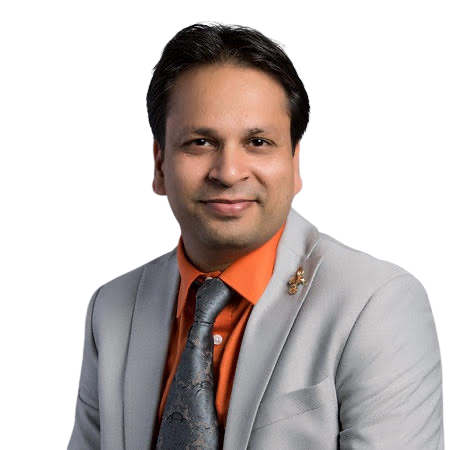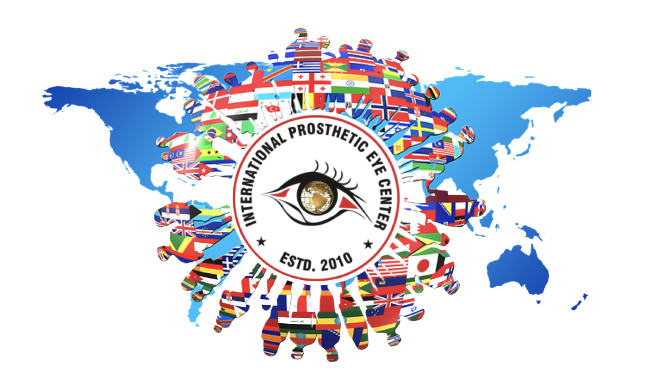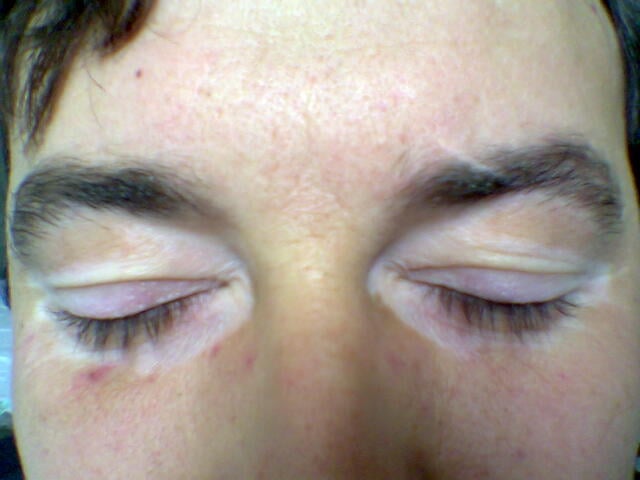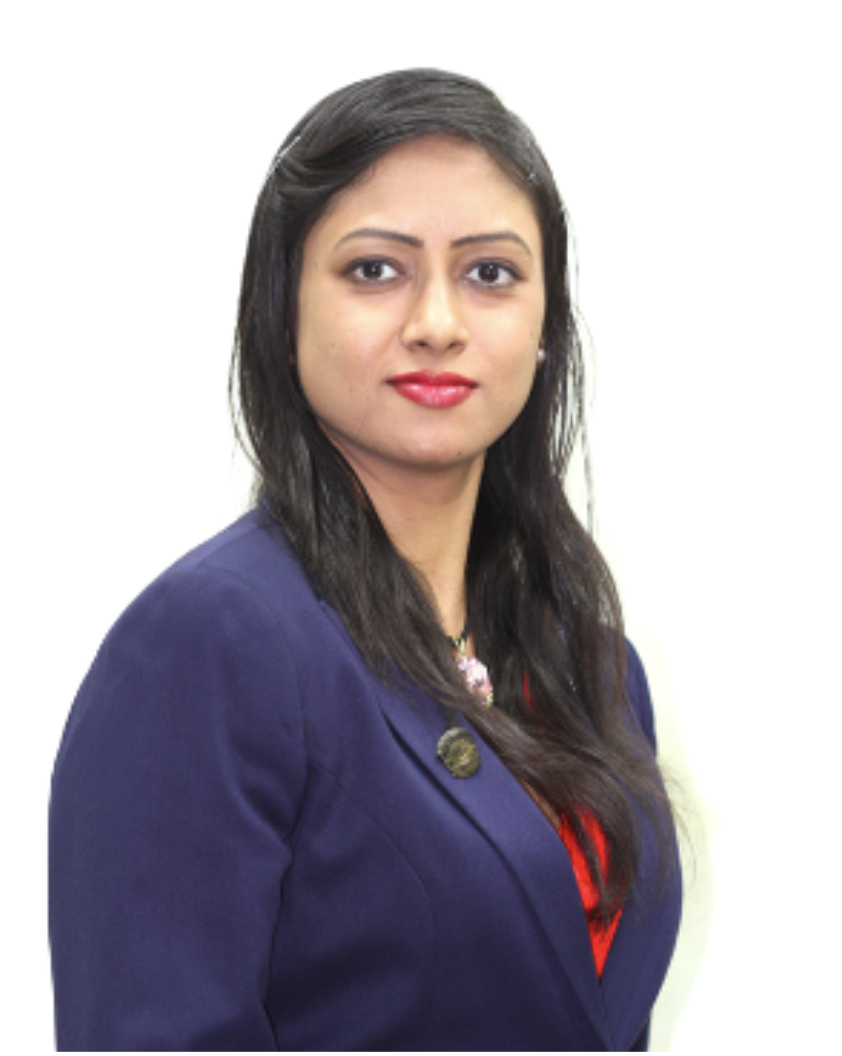Vitiligo
Vitiligo is known to be associated with social stigma and a decreased quality of life, especially when lesions are located over the face. While there are numerous treatment options for vitiligo, most of these need a long time to produce good cosmetic results. Camouflaging the skin lesions can be a useful option in such patients. The proper use of camouflage has been shown to improve the quality of life in patients with vitiligo. In this article, we discuss the different camouflage options available in vitiligo - products and techniques with their relative advantages and disadvantages.
History
The concept of skin camouflage developed during the Second World War when plastic surgeons associated with the British Royal Air Force (RAF) began searching for durable skin-colored preparations to help conceal burn scars. Sir Archibald McIndoe, a plastic surgery consultant to the RAF, established a patient support group - the "Guinea pig club," members of which were the first to try camouflage creams prepared by Thomas Blake, a chemist from the company Veil. Another pioneer in the area of skin camouflage was Joyce Allsworth who also started work in the field of skin camouflage during the post World War II period. She went on to establish the British Association of Skin Camouflage (BASC) practitioners
Importance of Camouflage in Vitiligo
Vitiligo can be associated with social stigma, especially in darker skin types. Unlike most internal illnesses, skin diseases like vitiligo are often immediately visible to others and therefore may lead to significant psychosocial consequences. Focusing on enhancing self-esteem and improving the quality of life in vitiligo patients should be an important part of the management of vitiligo. Studies have shown that cosmetic camouflage can definitely improve the quality of life in patients with vitiligo. Patients should also be helped in selecting and using a camouflage preparation that best suits their needs. The concept of specialist "camouflage therapists" has gained ground in some countries. A camouflage therapist may educate the patient about the techniques involved in using camouflage preparations to normalize their appearance. A proper knowledge of camouflage therapy can be a very good adjunct to other dermatological treatments for vitiligo.
Classification
Camouflage in vitiligo can be broadly classified into temporary camouflage and permanent camouflage. Temporary camouflage includes liquid dyes, indigenous products, foundation-based cosmetic camouflages and self-tanning products. [11] Permanent camouflage is achieved mainly by micropigmentation/medical tattooing.
Temporary Camouflage
Liquid dyes
Potassium permanganate, indigo carmine, Bismarck brown and henna pastes were commonly used to camouflage vitiligo. All these have the disadvantage of being washed away easily. Getting a color match with the surrounding skin is also very difficult.
Indigenous preparations (Traditional Indian Preparations)
Iron fillings (Loha Bhasma) and Suvarna Karini (clay mixed with henna and oils) have been used as camouflage materials. Getting a good color match is difficult with these preparations too.
Foundation-based cosmetic camouflage
These are the most common and best daily use preparations available for camouflage purposes. Camouflage preparations typically contain up to 25% more pigment compared to normal make-up foundations. They also contain fillers endowed with specific optical properties. Camouflage make-up products are also waterproof and are designed such that a single application lasts a whole day. Camouflage preparations are essentially facial foundations. There are four basic facial foundation formulations: oil-based, water-based, oil-free and water-free forms. The most popular facial foundations are of the liquid oil-in-water emulsion types that contain a small amount of oil in which the pigment is emulsified with a relatively large quantity of water. The primary emulsifier is usually soap, such as triethanolamine or a non-ionic surfactant. The secondary emulsifier is usually glyceryl stearate or propylene glycol stearate. Facial foundations are manufactured in a variety of finishes like matte, semi-matte, moist semi-matte and shiny. Matte-finish foundations are mostly suitable for cosmetic camouflage. Foundations are also available in a variety of forms: liquid, mousse, water-containing cream, soufflι, anhydrous cream, stick, cake and shake lotion. Most camouflage preparations are formulated as creams because it is possible to incorporate increased concentrations of iron oxide into a cream formulation to provide better coverage.
The following considerations must be addressed in an ideal camouflage:
Color: Camouflage make-up must match all skin tones and it should blend with the color of the area on the skin it is intended to cover evenly.
Opacity: Camouflage make-up must conceal all types of skin discoloration, yielding as natural and normal an appearance as possible.
Waterproof: Camouflage make-up must ideally be waterproof.
Sweat resistant: The camouflage preparation should not smudge or be washed away as a result of sweating.
Holding power: Camouflage make-up must adhere to the skin without sliding off.
Longer wear: Camouflage make-up must provide the assurance of long wear with easy reapplication as and when needed.
Ease of application: Camouflage make-up must be easy to apply. Complicated colors and steps may make it difficult for the patient to use daily.
Non-allergic/non-comedogenic/non-photosensitizing: Camouflage products should ideally be inert, without a tendency to cause allergic contact dermatitis, photodermatitis or acne.
Sun-screening capacity: Any opaque substance applied on the skin will, by default, have sun-protection capacity. Ideally, a camouflage should have a good, homogenous sun-protection capacity.
Ease of removal: The products should also be relatively easy to remove at the end of the day with non-alcohol-/non-acetone-based make-up removers.
Cost-effective: All the desirable properties of a camouflage product need to be in the context of also being cost-effective.
Properly applied camouflage techniques can help improve the patient′s appearance considerably, thereby improving the patient′s self-esteem and quality of life. For practical purposes, the best camouflage products are the foundation-based cosmetic preparations. These can be used as daily wear creams and provide the best color match options. Permanent camouflage can be done by micropigmentation, but it has to be used understanding its limitations and disadvantages.
fore more details please find the link https://ijdvl.com/camouflage-for-patients-with-vitiligo/



